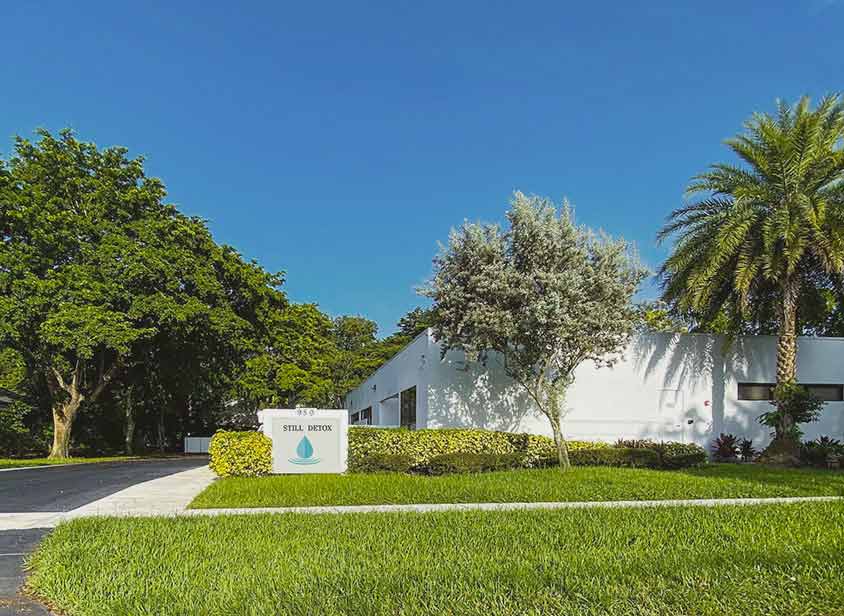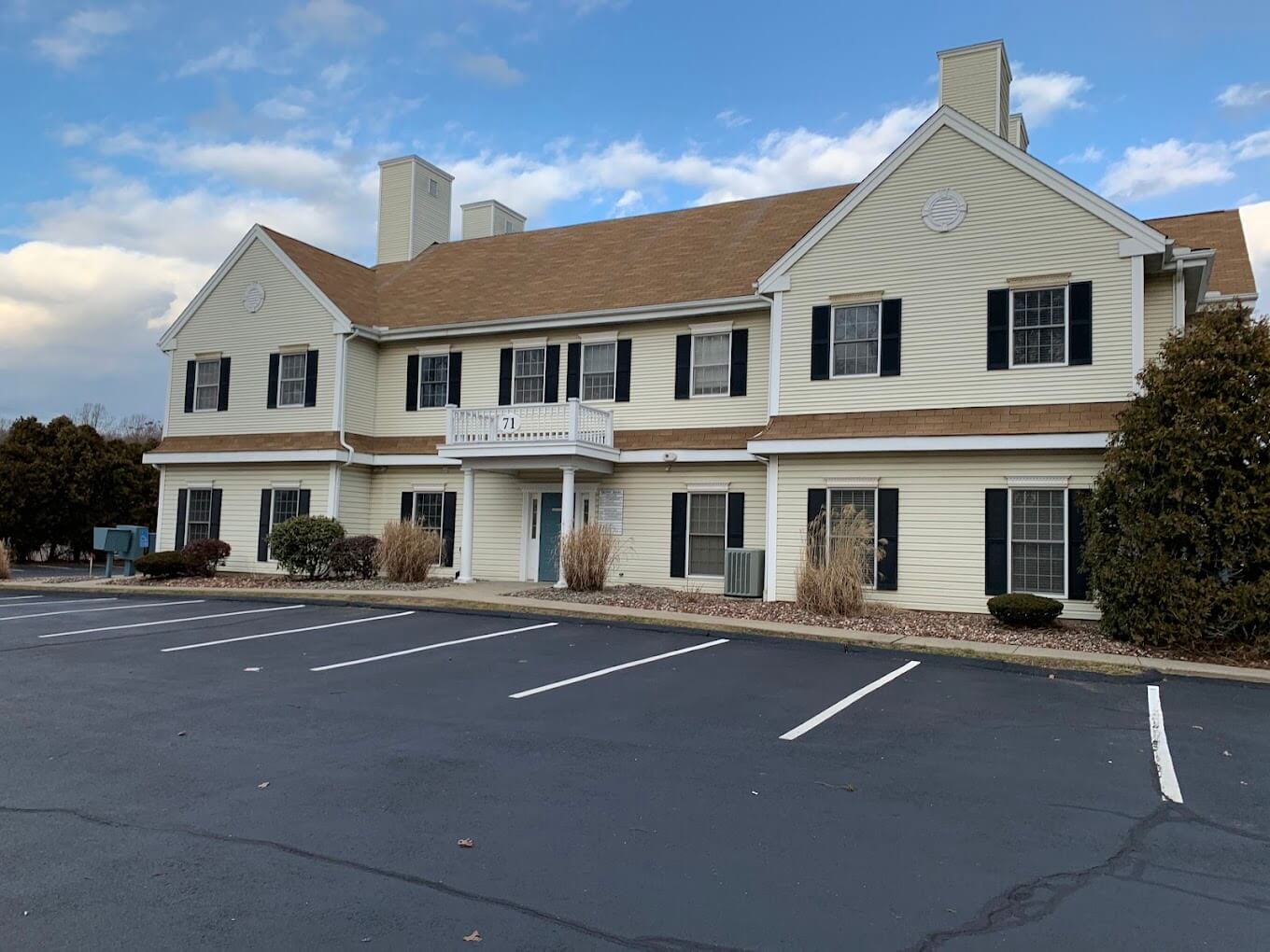Effectively measuring and evaluating the success of your rehab center’s treatment programs is crucial for ensuring high-quality care and continuous improvement. By systematically tracking treatment outcomes, you can assess the effectiveness of your programs, identify areas for enhancement, and ultimately provide better support for clients. Here’s how to effectively measure and evaluate treatment outcomes:
1. Define Key Metrics for Success
Establish clear and relevant metrics to evaluate treatment outcomes:
- Client Progress: Track improvements in clients’ mental health, substance use, and overall well-being through standardized assessments and self-reports.
- Treatment Adherence: Monitor clients’ adherence to treatment plans, including attendance at sessions, participation in therapies, and medication compliance.
- Relapse Rates: Measure relapse rates to assess the long-term effectiveness of treatment and identify factors contributing to relapse.
- Client Satisfaction: Evaluate client satisfaction with the treatment process, including their experiences with staff, facilities, and overall care.
2. Implement Standardized Assessment Tools
Utilize standardized tools and assessments to measure client progress and treatment effectiveness:
- Clinical Assessments: Use validated clinical assessment tools, such as the Addiction Severity Index (ASI) or the Patient Health Questionnaire (PHQ-9), to evaluate clients’ conditions and track changes over time.
- Self-Report Scales: Incorporate self-report scales to gather clients’ perspectives on their symptoms, progress, and satisfaction with treatment.
- Outcome Measures: Employ outcome measures specific to substance use and mental health disorders to assess improvements in key areas such as functioning, quality of life, and symptom reduction.
3. Collect and Analyze Data Regularly
Systematically collect and analyze data to track treatment outcomes and identify trends:
- Data Collection: Gather data on various metrics, including clinical assessments, treatment adherence, relapse rates, and client feedback, at regular intervals.
- Data Analysis: Analyze data to identify patterns, trends, and areas of improvement. Use statistical methods to assess the effectiveness of treatment interventions and outcomes.
- Benchmarking: Compare your center’s data with industry benchmarks and standards to evaluate performance relative to other facilities and identify areas for improvement.
4. Engage in Continuous Quality Improvement
Implement continuous quality improvement (CQI) processes to enhance treatment programs:
- Feedback Loops: Establish feedback loops with clients, staff, and stakeholders to gather insights and suggestions for program improvement.
- Review and Adjust: Regularly review outcome data and feedback to identify areas for adjustment and implement changes to enhance program effectiveness.
- Best Practices: Stay informed about industry best practices and emerging research to incorporate new approaches and evidence-based interventions into your programs.
5. Foster a Culture of Accountability
Promote a culture of accountability and continuous learning among staff members:
- Performance Reviews: Conduct regular performance reviews for staff, including assessments of their effectiveness in implementing treatment plans and contributing to client progress.
- Training and Development: Provide ongoing training and development opportunities to ensure staff stay updated on best practices and emerging trends in treatment.
- Goal Setting: Set clear goals and expectations for staff performance and treatment outcomes, and hold staff accountable for achieving these goals.
6. Engage Clients in the Evaluation Process
Involve clients in the evaluation process to gain valuable insights into their experiences:
- Client Surveys: Use client surveys and feedback forms to gather information about their treatment experiences, satisfaction, and perceived effectiveness of services.
- Focus Groups: Conduct focus groups with clients to gain deeper insights into their experiences and suggestions for program improvement.
- Client Input: Encourage clients to provide input on their treatment goals, progress, and any challenges they face, and use this information to tailor and improve treatment plans.
7. Report and Share Findings
Communicate findings and insights from your evaluation process to stakeholders:
- Internal Reporting: Share evaluation results with staff and management to highlight successes, address challenges, and plan for improvements.
- External Reporting: Provide reports to external stakeholders, such as accreditation bodies and funding agencies, to demonstrate the effectiveness of your programs and secure continued support.
- Transparency: Maintain transparency in reporting treatment outcomes and program effectiveness to build trust with clients, families, and the community.
Conclusion
Measuring and evaluating treatment outcomes is essential for ensuring the effectiveness and quality of care provided at your rehab center. By defining key metrics, implementing standardized assessments, collecting and analyzing data, engaging in continuous quality improvement, fostering accountability, involving clients, and sharing findings, you can enhance your treatment programs and support clients in achieving lasting recovery.
For rehab centers dedicated to excellence, a systematic approach to tracking and evaluating treatment outcomes will contribute to improved program effectiveness, client satisfaction, and overall success in supporting clients on their recovery journey.






















